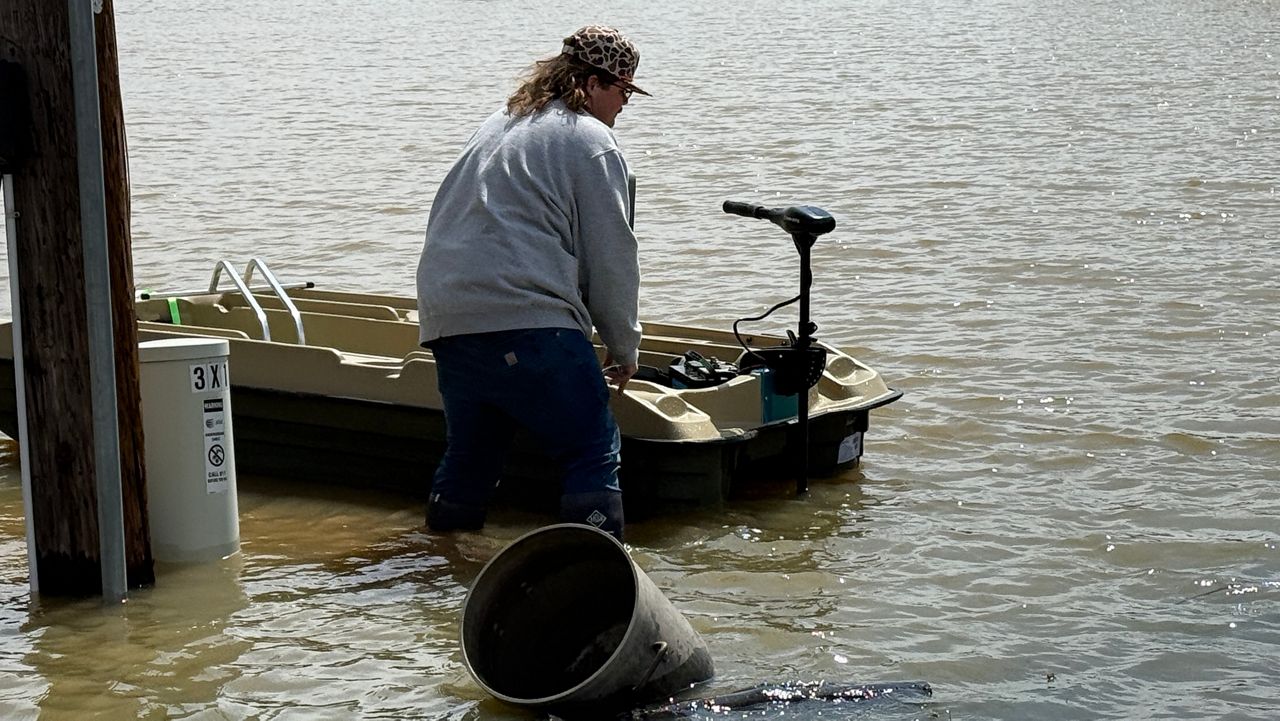COVINGTON, Ky. — The Brent Spence Bridge Corridor Project will have a transformational effect in northern Kentucky and Cincinnati, and impact the rest of the country as well.
Transportation officials say the project will provide much needed improvements to the bridge and the surrounding area. While a lot of work has gone into reducing the project’s footprint, it’s still forcing some people to get out of the way, whether they like it or not.
Over the next several years, billions of dollars in federal funding will go toward improving safety and reducing congestion on the Brent Spence Bridge, which currently carries close to double the amount of daily traffic it was originally intended to.
Since 2012, the Kentucky Transportation Cabinet has been refining its plans to reduce the impact as much as possible. Input from the city of Covington has helped lead to a smaller footprint.
Overall project details include repairs to the existing bridge, construction of a new companion bridge and the improvement of the approaches to the bridge in both Ohio and Kentucky.
“The project really divides the interstate into what I would call an express and local system, particularly in the Covington Cincinnati area. We reorganized those lanes, beginning basically in Covington as you cross the bridge. And it was able to recapture some ground that really reduced the footprint through Covington also,” said project adviser Gary Valentine.
KYTC says the project will benefit drivers for decades to come, but will cause some disruption in the short term.
One family has already felt it.
The Fort Wright house Ned Kalapasev and his family once lived in is now just an empty plot of land.
“It’s devastation, it’s terrible. It really is. Nobody wants to move. Nobody likes to move. When you’re forced to move, it’s even worse,” Kalapasev said in summer 2022.
The relocation process involved an appraisal and an offer by the state to buy the house to make way for the corridor project.
“It’s really working with the family, understanding their needs, and finding them comparable housing somewhere that you can calculate the relocation expenses, to add on top of the value of the home,” Valentine said of the process.
The Kalapasev family is now settling into its new home.
Valentine said the corridor project spans five miles on the Kentucky side. In those five miles are about 72 properties KYTC needed to acquire. Valentine said he’s proud that of those 72, just four are residential relocations, which previously was projected to be over 100.
The plans also include a handful of business relocations. Valentine said most of them won’t affect any people.
“You probably really only have three businesses. But there’s a couple of billboards, and there’s a radio [tower],” he said.
The remaining three residential relocations have not yet begun. They are all in the Lewisburg Historic District, which is an environmentally sensitive area in Covington. KYTC is working with the Federal Highway Administration to do the proper testing.










